Transport of Dangerous Goods
The transport of dangerous goods is regulated by a complex legislative framework, amended on a regular basis, which includes specific technical requirements and obligations for all parties involved. Dangerous goods are defined as substances that can have an adverse impact in the event of an accident during their transport.
The main objective is to transport goods safely, as well as prevent accidents during transport. In case of an incident during transport, the driver is expected to know what measures to take to minimize risks for people and the environment.
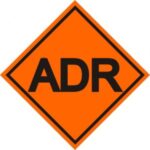 ADR Certificate
ADR Certificate
Obtaining the ADR Driver Training Certificate for the Transport of Dangerous Goods is mandatory for professional drivers of vehicles carrying dangerous goods as provided for in the Annex to the European Agreement concerning the International Carriage of Dangerous Goods by Road (ADR).
Dangerous Goods Classification
According to the ADR, dangerous goods are classified as follows:
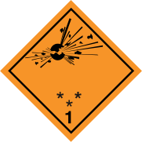 Class 1: Explosive substances and articles
Class 1: Explosive substances and articles
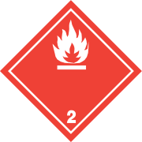 Class 2: Gases
Class 2: Gases
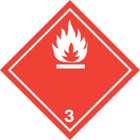 Class 3: Flammable liquids
Class 3: Flammable liquids
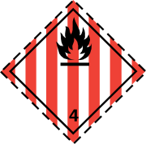 Class 4.1: Flammable solids, spontaneously combustible substances and solid desensitized explosives
Class 4.1: Flammable solids, spontaneously combustible substances and solid desensitized explosives
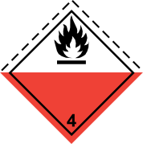 Class 4.2: Substances liable to spontaneous combustion
Class 4.2: Substances liable to spontaneous combustion
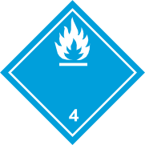 Class 4.3: Substances which, in contact with water, emit flammable gases
Class 4.3: Substances which, in contact with water, emit flammable gases
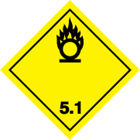 Class 5.1: Oxidizing substances
Class 5.1: Oxidizing substances
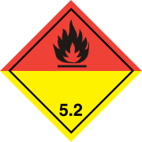 Class 5.2: Organic peroxides
Class 5.2: Organic peroxides
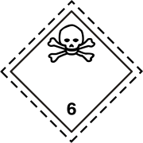 Class 6.1: Toxic substances
Class 6.1: Toxic substances
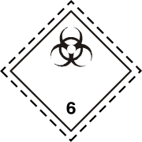 Class 6.2: Infectious substances
Class 6.2: Infectious substances
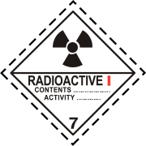 Class 7: Radioactive material
Class 7: Radioactive material
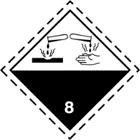 Class 8: Corrosive substances
Class 8: Corrosive substances
 Class 9: Miscellaneous dangerous substances and articles
Class 9: Miscellaneous dangerous substances and articles